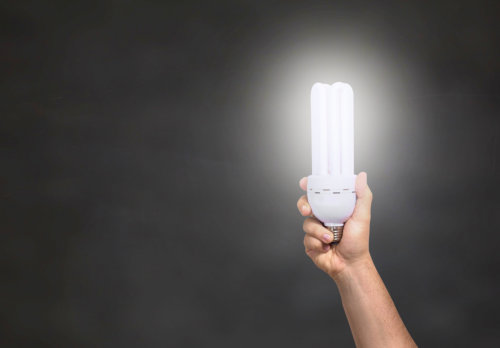On October 14, 1878, Thomas Edison filed a patent for the "improvement on electric lights," that's right; he did not invent the light bulb; he just improved it to the point to where it was a practical, incandescent light. The problem with incandescent bulbs is that the majority of the energy they use is converted to heat instead of light. The latest improvement to the light bulb has significantly reduced the amount of wasted energy.
Light Emitting Diodes (LEDs) are what create the light source that we see with LED lighting. LEDs produce 3.4 BTUs per hour, whereas the lighting equivalent in an incandescent bulb produces 85 BTUs per hour. The added heat buildup in your home results in added air conditioning costs in the warmer months, which results in an overworked AC unit. Furthermore, LED lights require less energy to create light, so your power bill will automatically be reduced.
Converting your home or business to LED lighting not only saves you money on your power bill, it also reduces energy consumption, which helps the environment. LEDs can last up to 20 times longer than other lighting sources, which results in reduced manufacturing, packing and shipping of incandescent or compact florescent bulbs. An article in Electronics Weekly, states that the average LED light will last 13.7 years if used 10 hours per day. Therefore, it's feasible to assume that if these bulbs were installed in a new home, the bulbs wouldn't have to be changed for nearly 14 years.
LED lighting is going to cost you more money initially. However, the pricing has dropped significantly in recent years, and I'm sure as technology advances, LEDs will become more and more affordable, just as plasma, LCD, and LED TVs have. The bottom line about LED lights is that they are better for the environment, reduce energy bills and prevent you from having to change light bulbs for many years. So if you can manage the upfront cost, you will be much better off over time.
